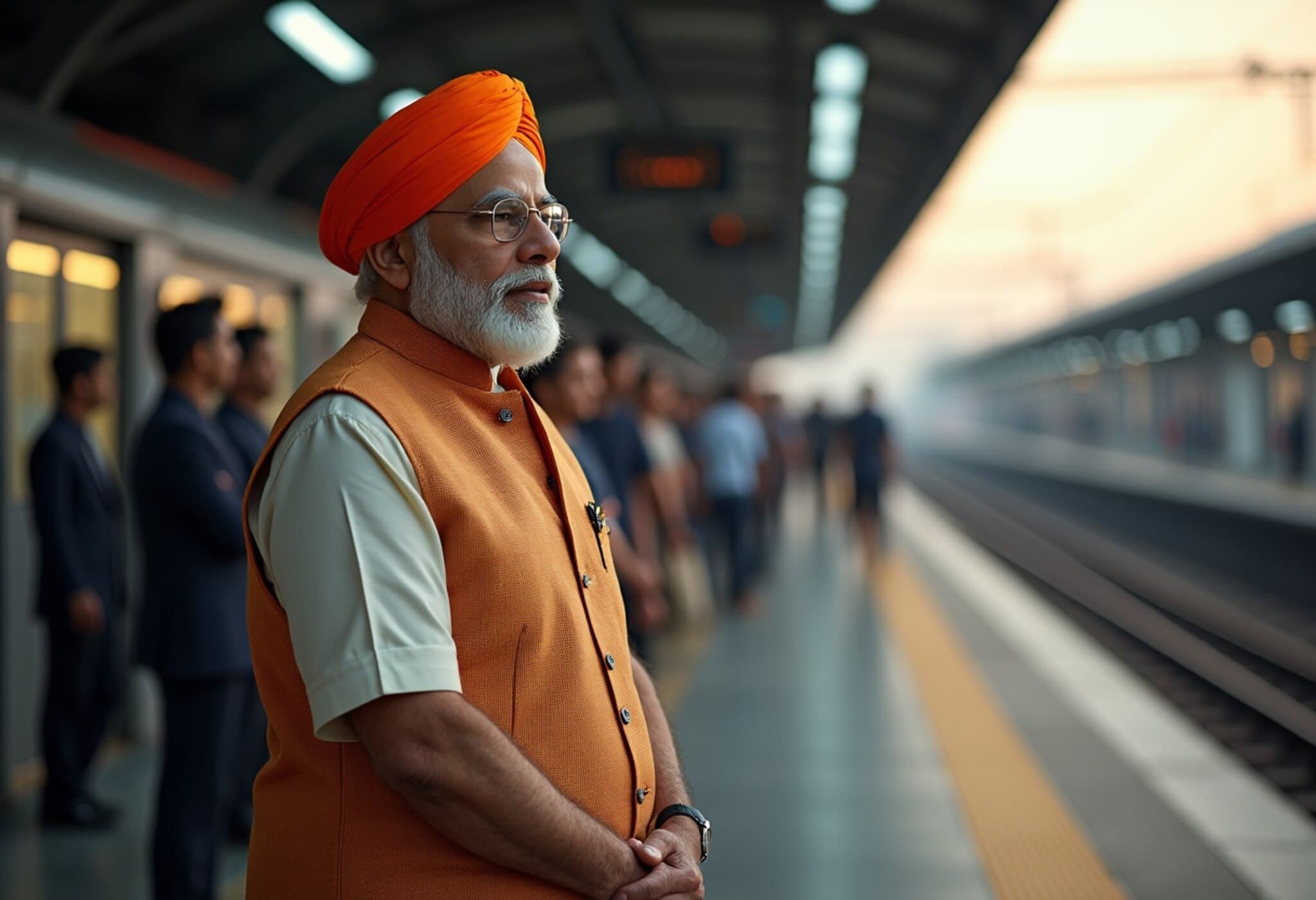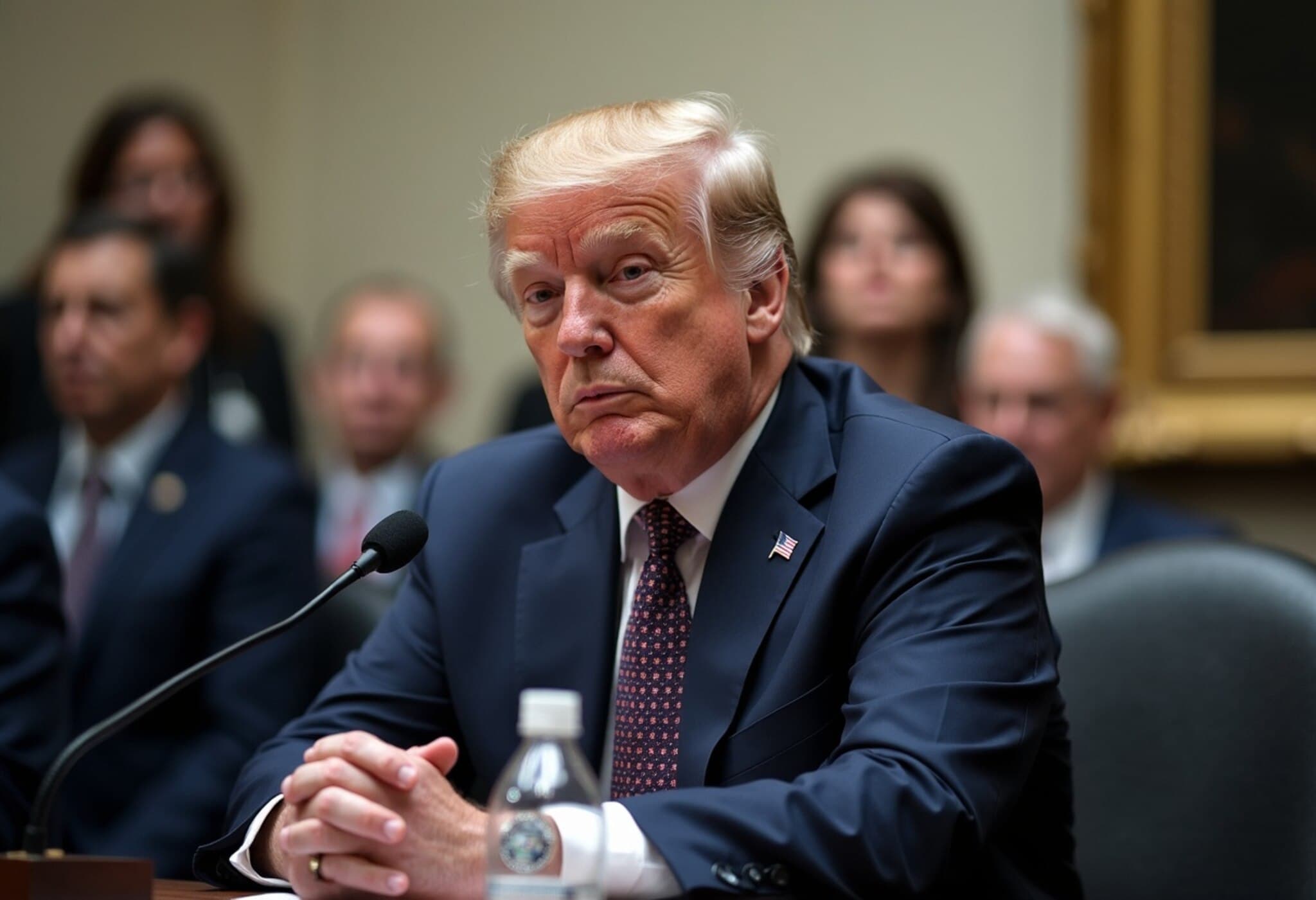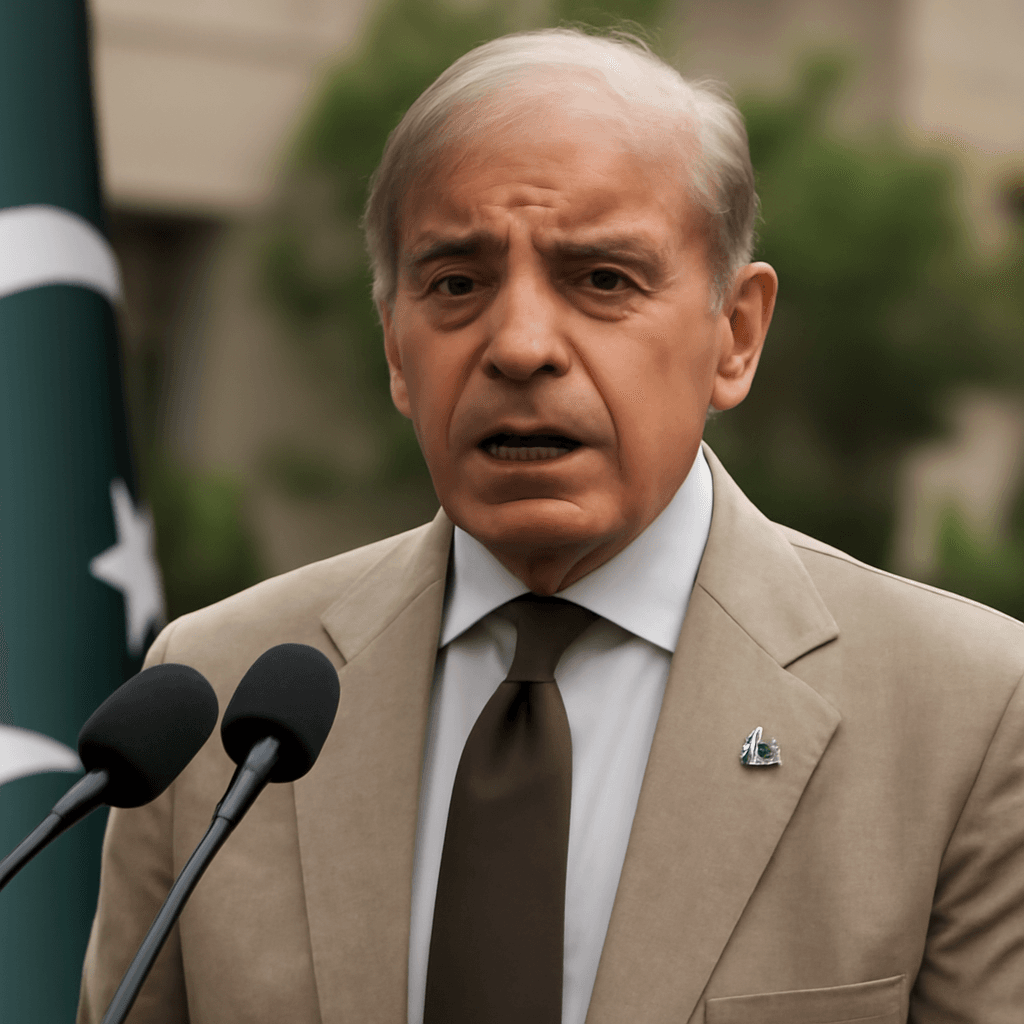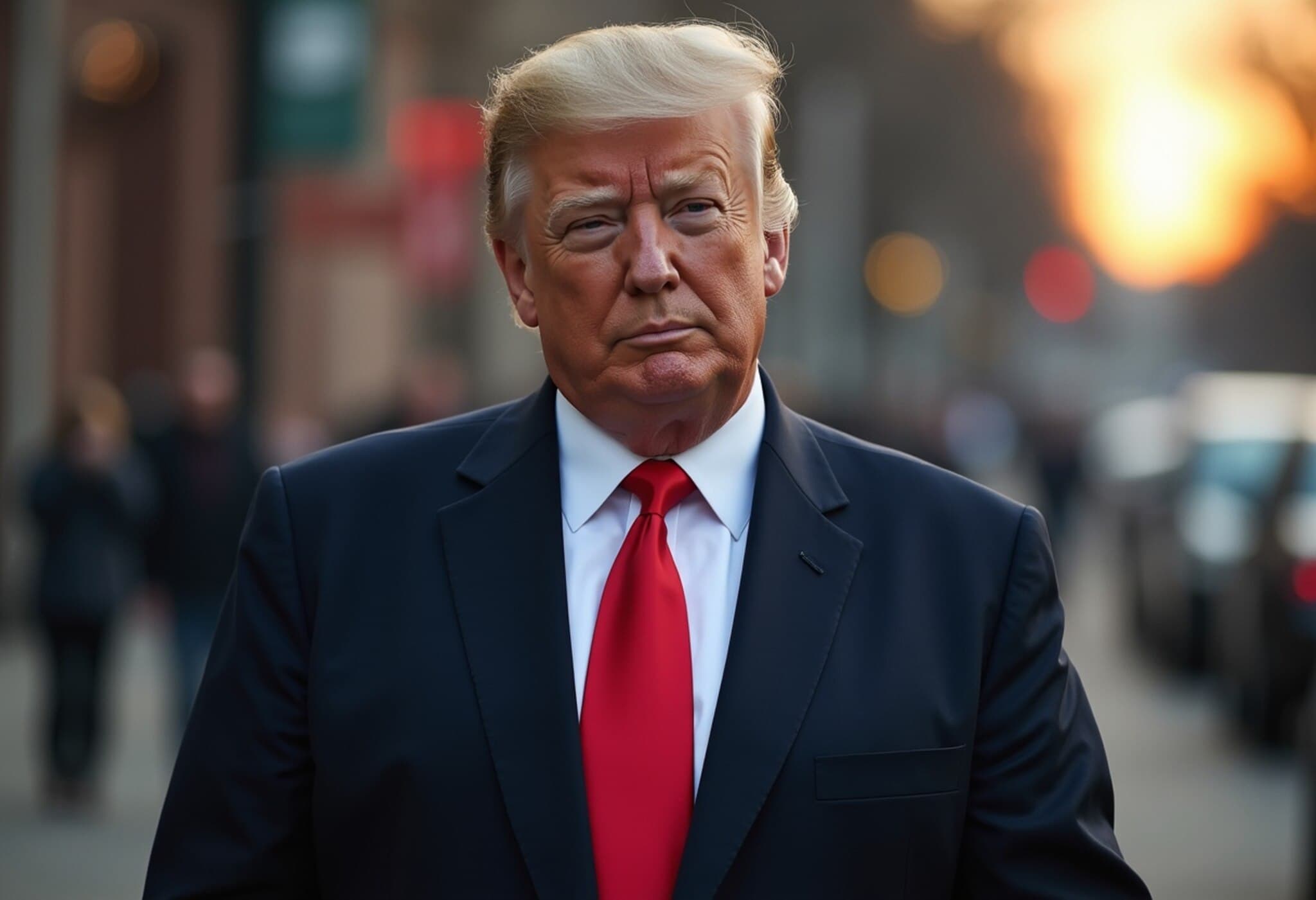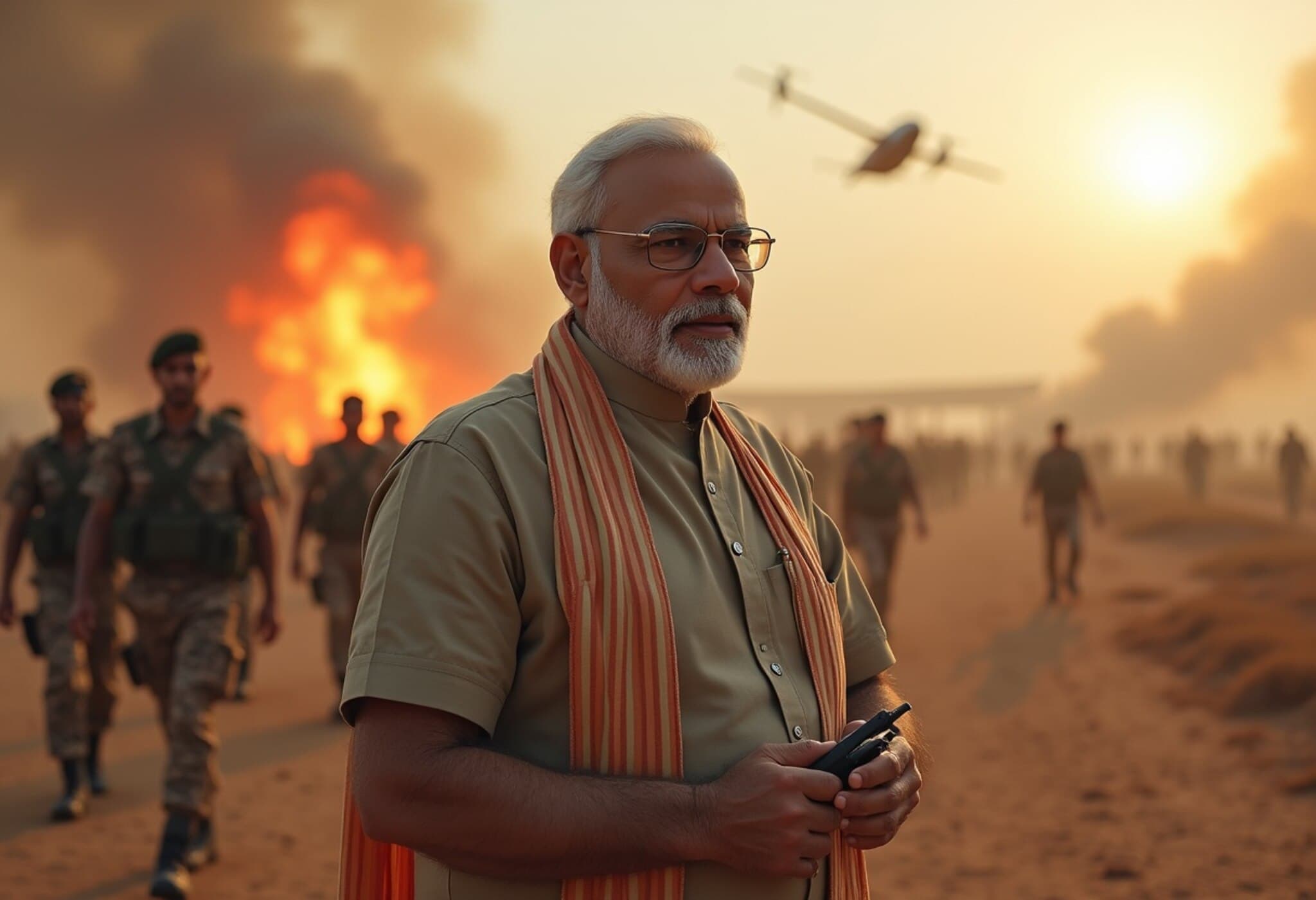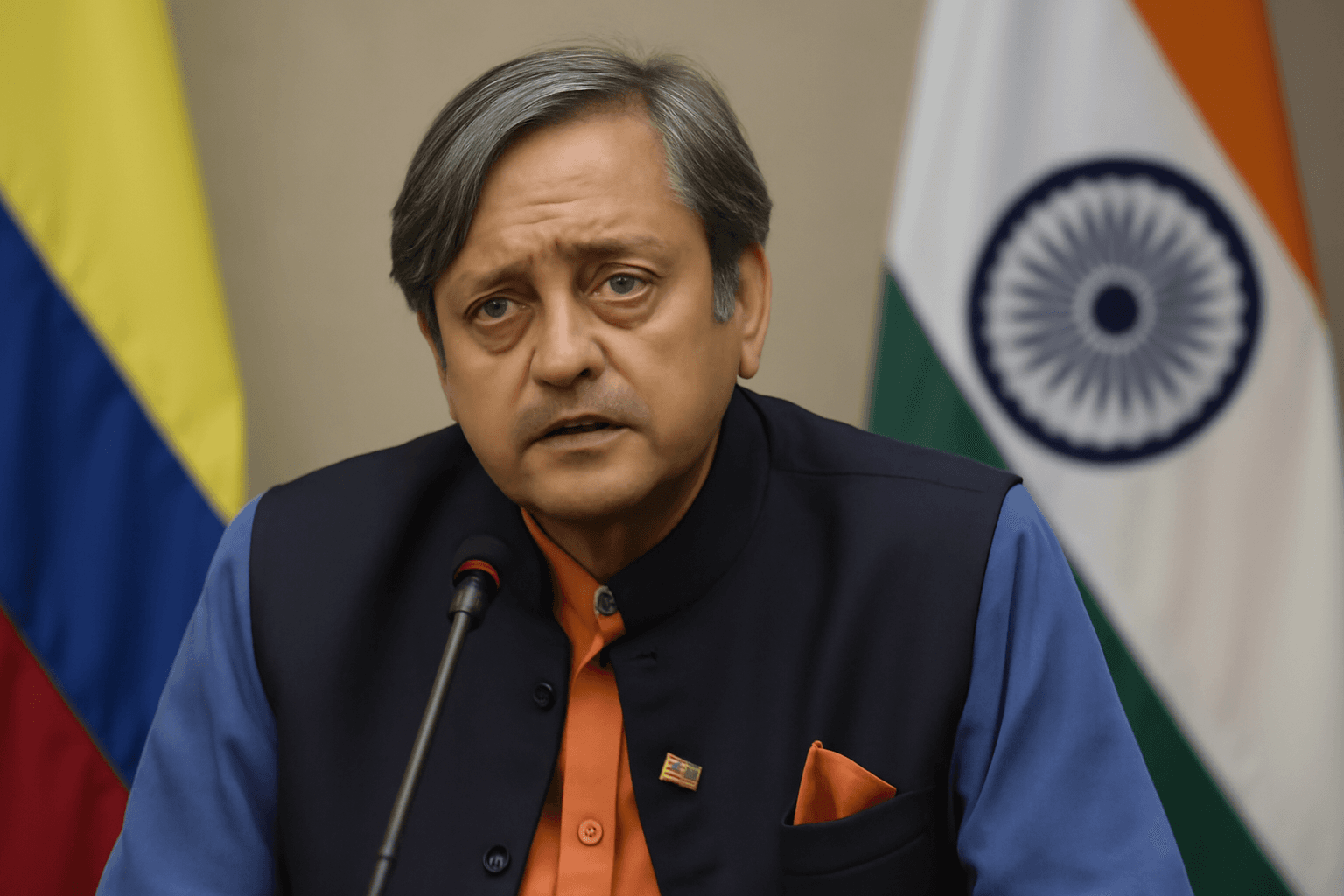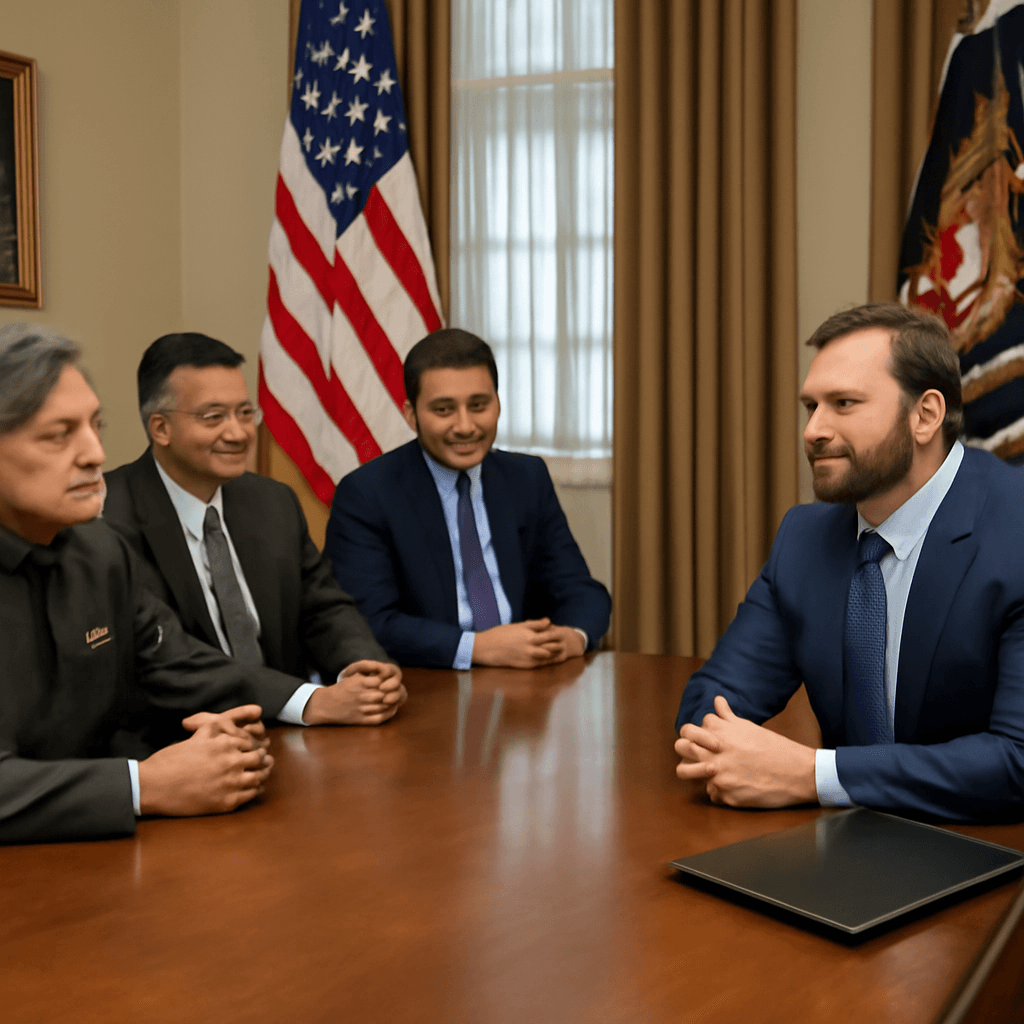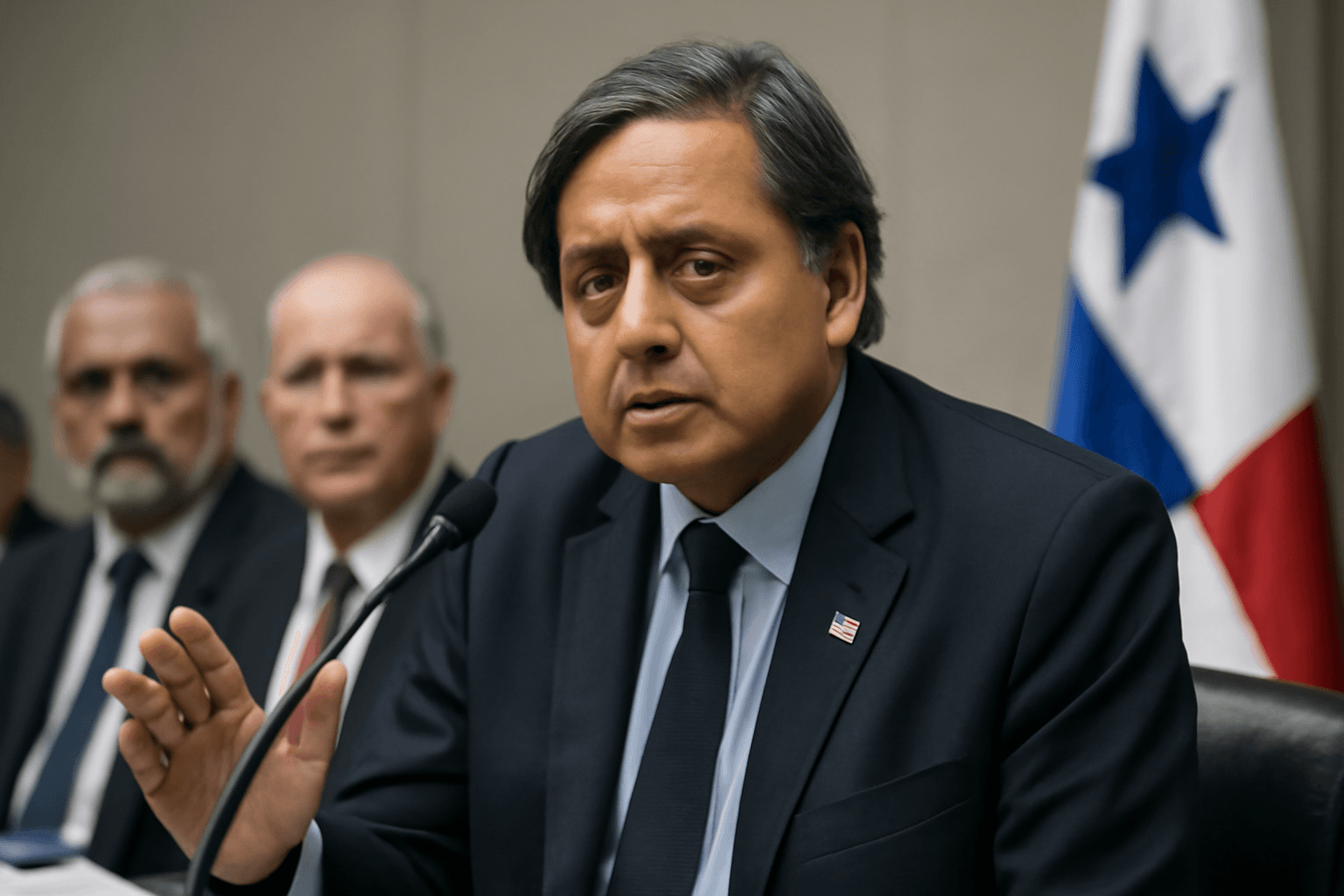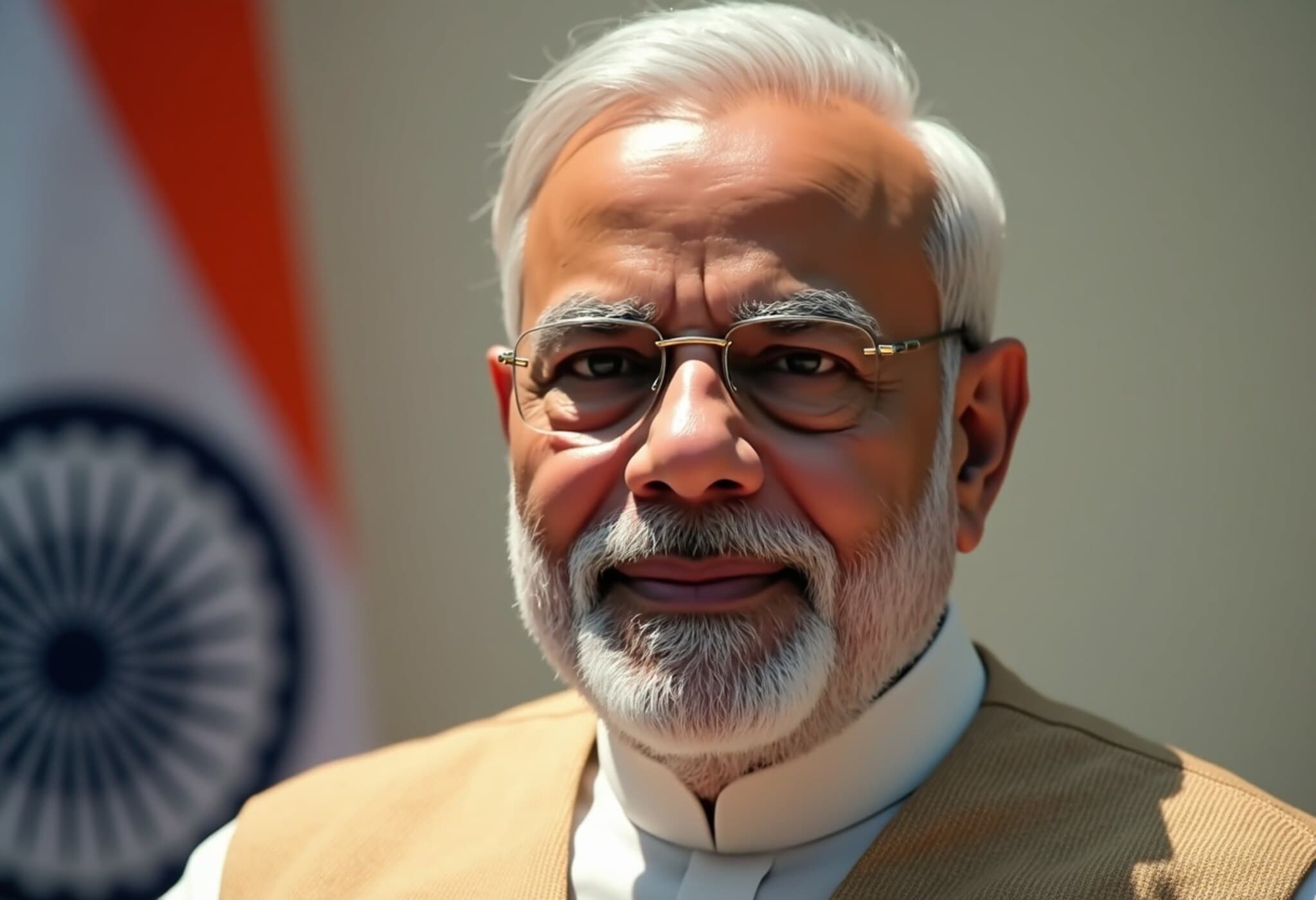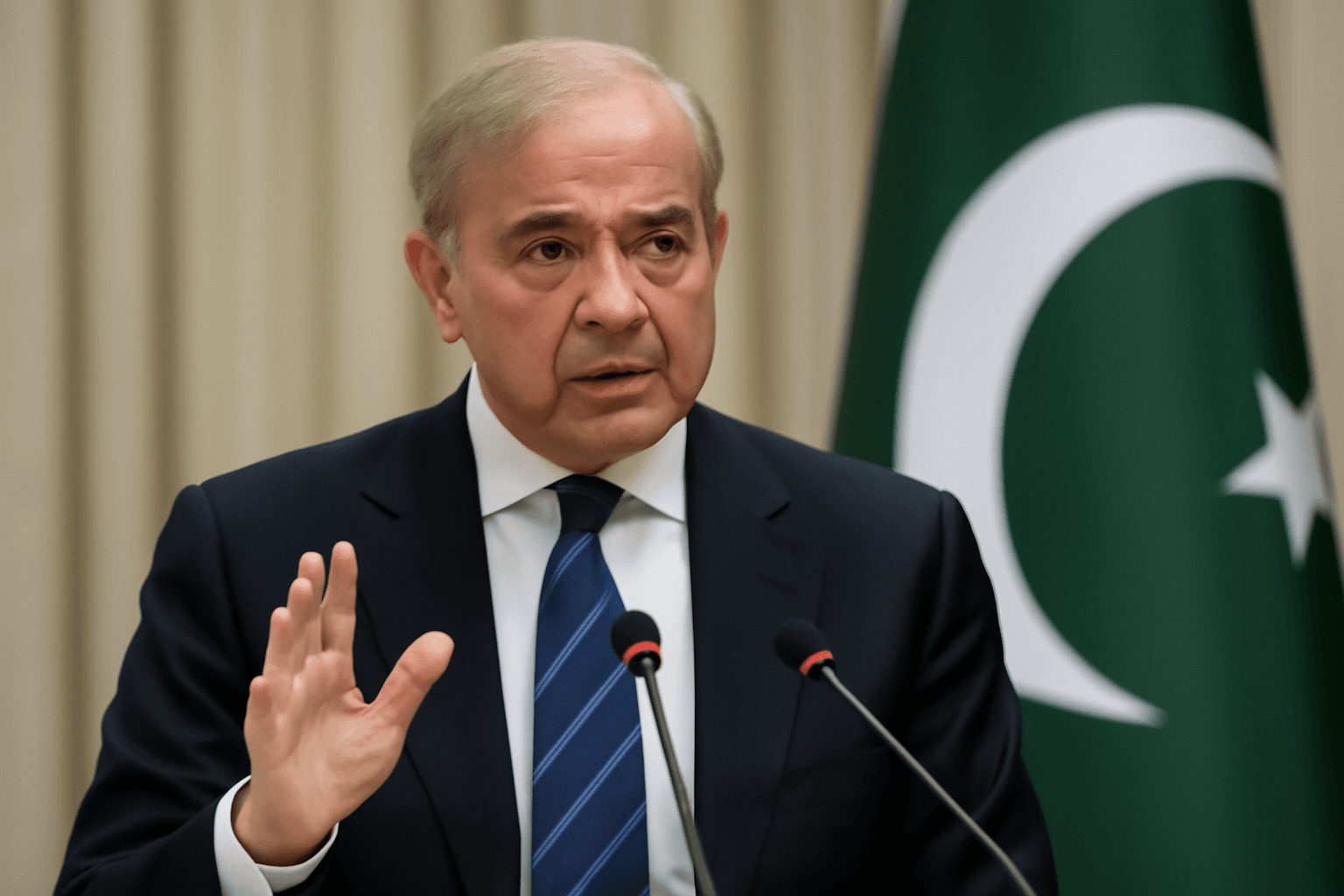PM Modi Praises Indian Technology’s Role in Operation Sindoor
In a powerful address during the foundation-laying ceremony of Bengaluru Metro’s Phase-3 on August 10, 2025, Prime Minister Narendra Modi credited India’s technological prowess for swiftly bringing Pakistan "to its knees" through Operation Sindoor. This military action, he stated, not only demonstrated the country’s strategic capabilities but also unveiled a "new avatar" of India to the world.
Operation Sindoor: A Tactical and Technological Showcase
PM Modi emphasized that the success of Operation Sindoor was grounded in indigenous technology and the spirit of the "Make in India" initiative. Highlighting how Indian forces precisely targeted terror hubs deep within Pakistan and Pakistan-occupied Kashmir, the Prime Minister said the operation unfolded within hours, underscoring India’s enhanced defense and intelligence networks.
"The world witnessed the emergence of India’s new face – a nation capable of decisively neutralizing cross-border terrorist threats with surgical precision," Modi said. This comment reflects a broader narrative about India’s evolving defense capabilities, which blend conventional military strength with cutting-edge innovation and cyber technologies.
Bengaluru: The Tech Cradle of New India’s Ascent
Drawing a compelling connection between India’s geopolitical victories and its internal growth stories, PM Modi spotlighted Bengaluru’s role as a lynchpin for India’s technology revolution. Known as India’s Silicon Valley, Bengaluru’s rapid transformation epitomizes the country’s economic dynamism and creative talent pool.
"Just as Operation Sindoor showcased India’s strength externally, Bengaluru symbolizes that strength at home— a city that has firmly secured India’s place on the global IT map," Modi remarked. He praised the ingenuity of Bengaluru’s workforce and encouraged continued innovation to fuel India's broader economic goals.
Economic Growth Driven by Reform and Performance
During the same event, PM Modi inaugurated the Yellow Line of the Bengaluru Metro and laid the foundation stone for its ambitious Phase-3 expansion, tying infrastructure development to India’s wider economic reform agenda. He reiterated that the government’s philosophy of "Reform, Perform, and Transform" has been instrumental in propelling India to become the world's fastest-growing major economy.
"In just over a decade, we have climbed from the 10th largest economy to the top five, aiming soon for the top three," Modi declared, framing this surge as a product of dedication, transparency, and efficient governance.
Expert Insights: The Intersection of Defense and Development
Operation Sindoor marks more than a military milestone; it signals India's increasing ability to integrate advanced technology into security strategies, reflecting a broader trend where defense innovation catalyzes economic and technological advances. Analysts note that India’s investment in homegrown defense technologies could stimulate its tech sector further, particularly in cybersecurity, AI, and drone technologies.
Moreover, Bengaluru’s growth as a tech hub offers fertile ground for synergistic advancements between civilian and defense industries, pushing India toward self-sufficiency and global leadership in tech-heavy sectors.
Underreported Perspectives and Critical Questions
- While PM Modi highlights Operation Sindoor’s rapid success, there is limited public information about its operational specifics, raising questions about transparency and long-term implications for regional stability.
- The local impact of expanding metro infrastructure in Bengaluru merits closer examination, particularly regarding equitable urban development and environmental sustainability.
- How India balances assertive defense postures with its diplomatic engagements in South Asia remains a pivotal topic under-discussed in mainstream narratives.
Editor’s Note
Prime Minister Modi’s remarks on Operation Sindoor and Bengaluru’s evolving identity underscore India's growing confidence as a technological and military powerhouse. Yet, this narrative invites deeper reflection on how rapid advancements interplay with geopolitical complexities and domestic development challenges. Readers should consider the broader implications of militarization intertwined with technological progress, and the social dynamics shaping India’s path forward in an increasingly interconnected world.

